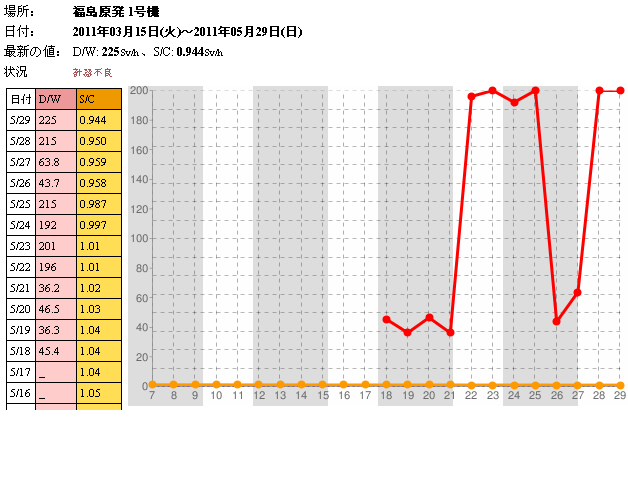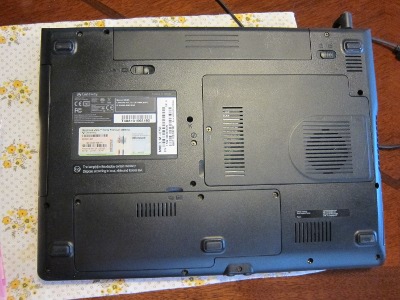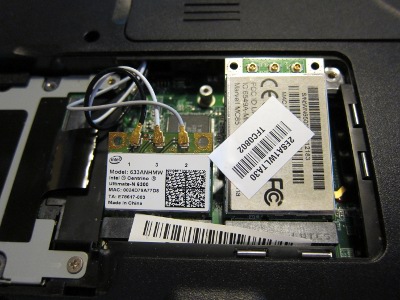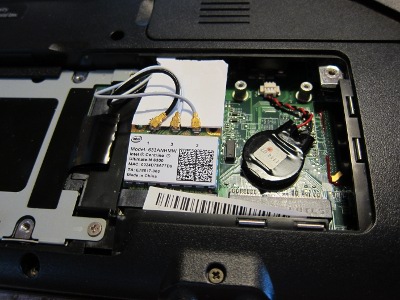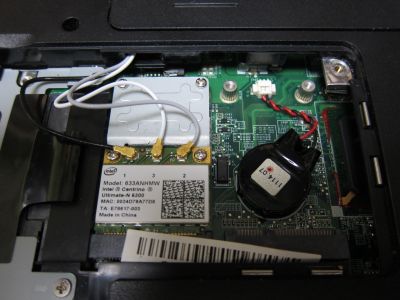This 135th Shuttle mission will be last before the four surviving vehicles will be sent to museums. Two other vehicles, Challenger and Columbia weren’t so lucky, blowing up with their crews during launch or disintegrating during reentry. The shuttle program managed to kill 14 astronauts during 135 missions, odds comparable to playing Russian roulette.
It also cost about $200 billion dollars, more in inflation adjusted dollars than the moon landings and the atomic bomb during WW2 combined. All in all, it was a huge financial drain, stealing money from real science projects by NASA, most which are unmanned.
Shuttle missions ended up about 20 times more expensive that promised when it was still on the drawing board. A lot of that was for political reasons. Politicians considered it a source of pork barrel spending for their constituencies. It had to serve both civilian and military purposes to get funding, which meant the design became needlessly complex, even though some of the military requirements were never used.
Unlike the initial promise the Shuttle never was a reusable vehicle, since its bulkiest part, the main fuel tank was dropped into the ocean. Most of the takeoff thrust came from solid fuel engines that, once lit, could not be stopped again, a step back behind the technology of the Apollo project. That is why during the launch sequence the Shuttle’s weaker main engines are run up first before the more powerful solid fuel boosters are ignited. The Shuttle may have looked like a space plane, but it was really a glorified fireworks rocket.
The Shuttle’s final safety record was disgraceful, compared to the fairly solid track record of Russian launch vehicles during the same period. The Russians more or less stuck to what had worked during the 1960s.
Let’s face it, the Shuttle was never primarily about science. Whatever wasn’t for military purposes about the program was mostly entertainment. Human crews were supposed to trigger human interest. To justify billions in funding from tax payers’ money, NASA had to get people to pay attention, so they put school teachers, scientists and crew members from many other countries on flights.
Besides the Hubble space telescope the Shuttle mostly lifted bits for the International Space Station. But neither the shuttle nor the ISS ever managed to grab the public’s imagination in the same way the Apollo missions did, except when missions tragically failed.
Things were so different in the 1960s. The Apollo program was born as a prestige project during the cold war, to prove the superiority of the western system over the Soviet system after the Sputnik shock. The Russians had been first in space because their nuclear weapons were too bulky to fit onto less powerful rockets. Consequently they had to develop enormous launchers, which then gave them a head start in the space race.
After the race to the moon had been decided, “detente” arrived and with it an era of cooperation in space, starting with the Apollo-Soyuz flight in 1975. Perhaps the idea was that long term the only goal for manned flights bigger than the Moon could be Mars and that was too far and too costly for anyone to go it alone.
The shuttle was to be the workhorse for construction the ISS, whose main purpose was studying how people cope with long stays in space, knowledge not really very useful unless one is sending people to Mars. The problem with manned Mars missions however is that is you can send hundreds of robot missions to Mars for the cost of a single manned mission. Not only will you get a lot more results, you’ll get them decades sooner, at no risk to human crews.
There’s simply no scientific reason for human flights to Mars. We’re not likely to send any crews there during the next 50-100 years, if ever.
Besides a roughly 1 in 100 chance of getting killed on the way to the ISS or while returning from it on a shuttle flight, shuttle and ISS crews are exposed to high levels of radiation. An astronaut spending 6 months on the ISS gets about 180 mSv, about 9 times as much as the annual limit for workers in a nuclear power station. You’d have to spend a year living outdoors in Iitate village, one of the most radioactively contaminated areas near the Fukushima-I reactor in Japan, to pick up as much radiation as during 1 month on the ISS (30 mSv). The risks on a Mars mission are even worse than that because the astronauts would leave the Earth’s magnetic field and would spend not months but years on a return trip.
Like the ISS and the international fusion reactor ITER, the Shuttle was a mega project that, once set in motion, was almost impossible to stop, even if costs exploded, schedules were overrun by years and results were underwhelming.
Hopefully, even if manned spaceflight continues for the time being, some lessons will have been learnt from the mistakes of the Shuttle project.

